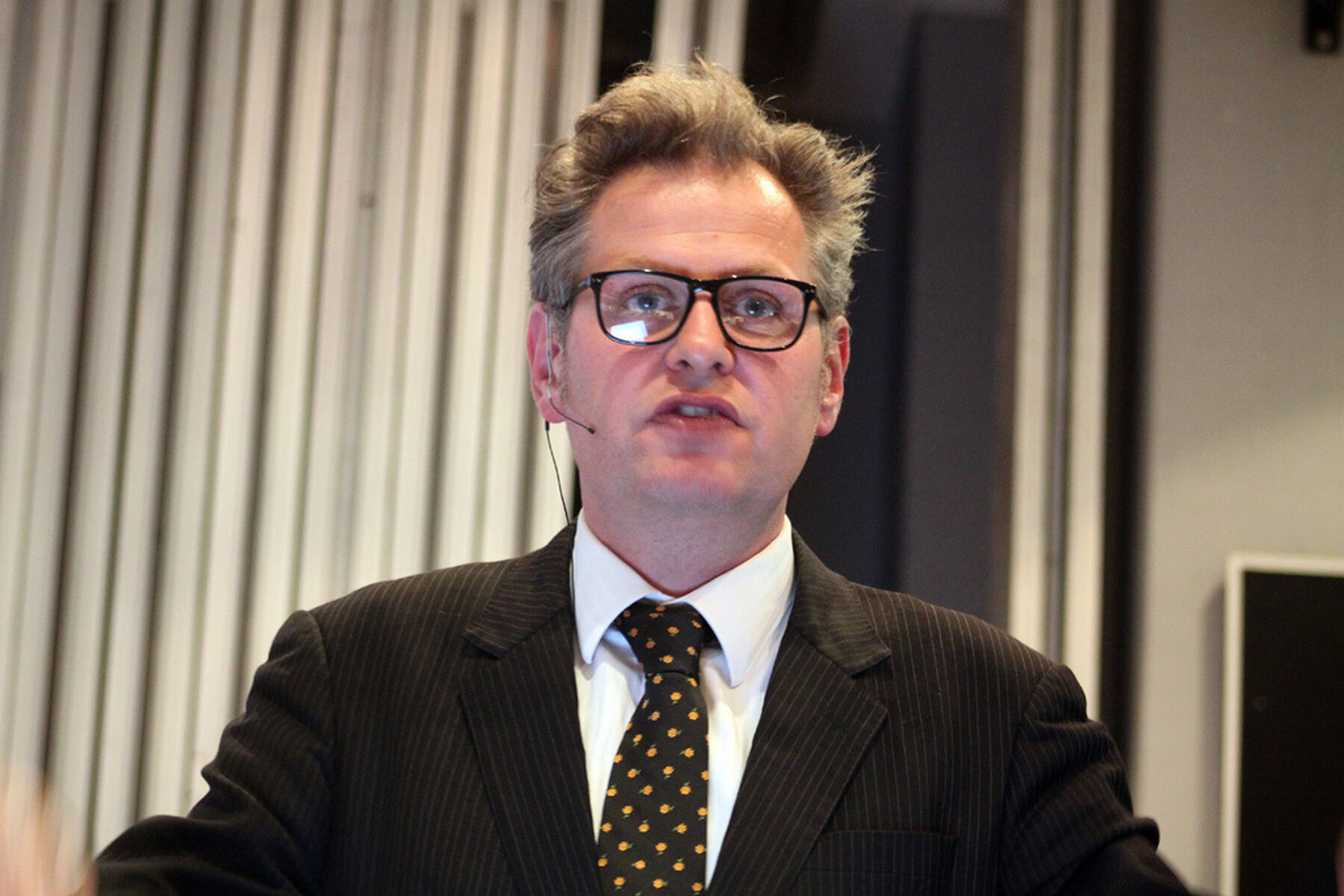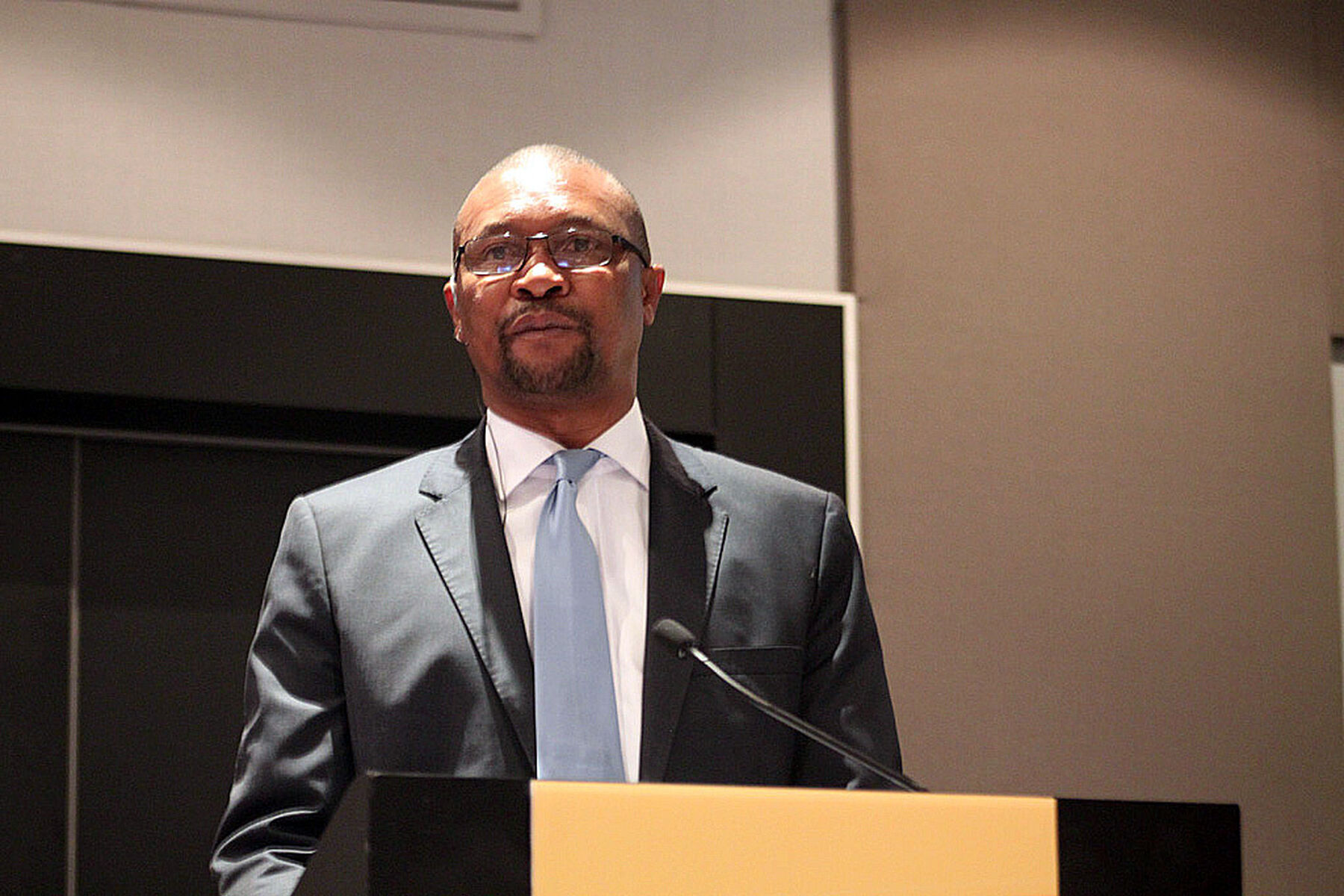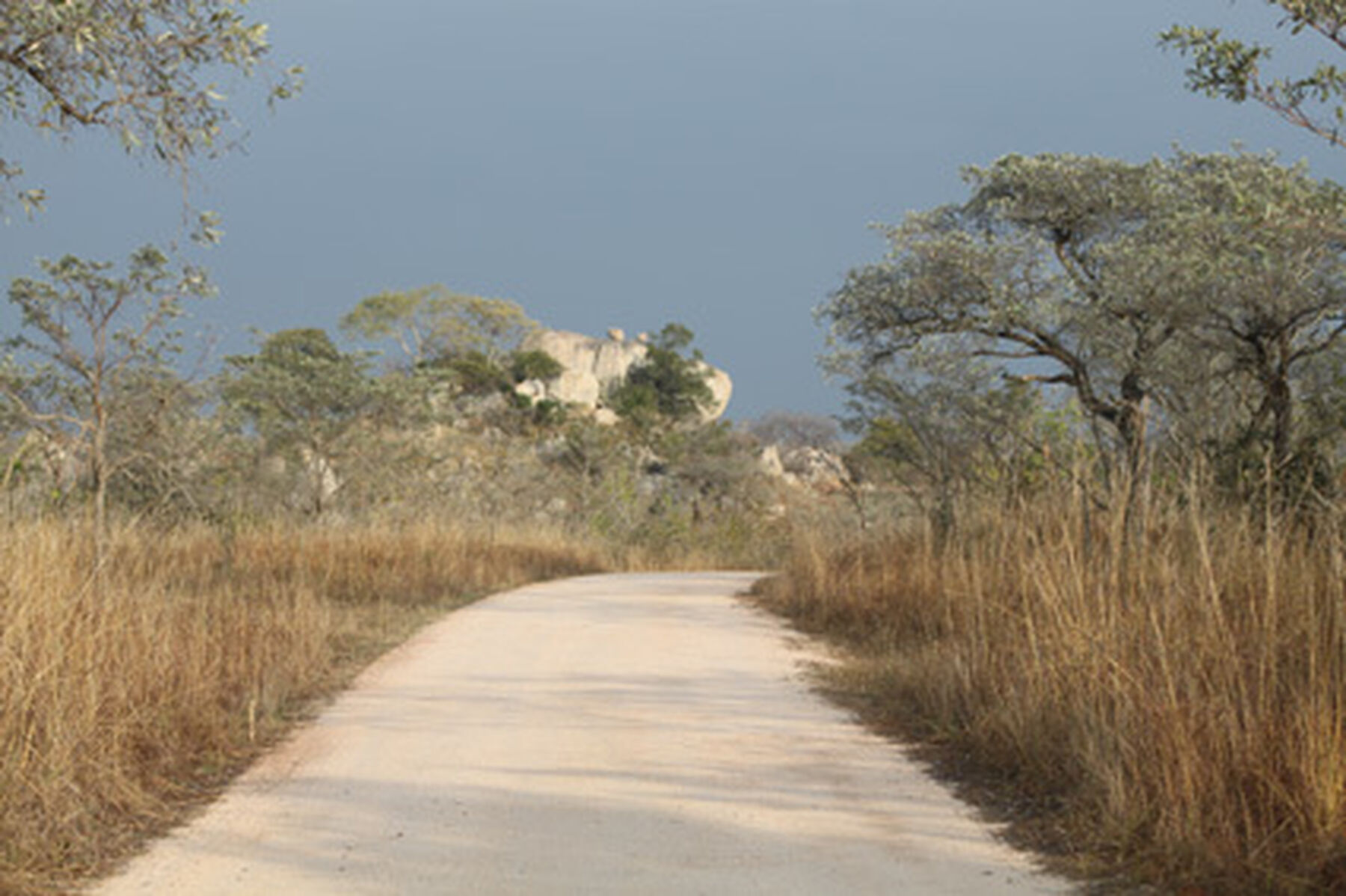
Did you know that tourism contributes more to the economy of Gauteng than mining does? Or that the growth of tourism in South Africa is currently running at more than 10% per year – double the international average?
It’s so exciting to be part of this industry through the digital and social media work we do with fabulous clients like South African Tourism. We often get to travel to fascinating South African destinations as far afield as Namaqualand and northern Limpopo, to work with the leaders in this industry, and to attend – and provide social media and journalistic coverage on – mind-stretching conferences, like the South African Travel and Tourism Summit 2013, held on 14 and 15 October at the Maslow Hotel in Sandton. At #SASummit13, as the summit was known on Twitter (where it trended nationally on and off throughout the conference), leaders in tourism and their government counterparts met to thrash out issues with the intention of working together better and making South Africa an even better destination than it already is.
We heard from experts like Chris Buckingham, of GoTo and previously of Destination Melbourne, who helped to make Melbourne the most popular local holiday destination in Australia (yes, it even beats Sydney at the moment). Their secret? They focused hard on first making Melbourne – a city without any major tourist attractions – the most “liveable” city in the world (a feat they officially achieved in August this year, snatching the coveted title from Vancouver), with the premise that if people want to live in a city, they’ll want to visit it, too. A strong events strategy underpinned their focus on liveability foremost.

Buckingham unpacked Melbourne’s success further as follows:
Shared strategy is crucial
Business and government need to work together with a single focus.
Culture of collaboration
Business and government need to work together to grow tourism. So do tourism products.
Harmonious approach to brand and marketing
It’s crazy if destination brands compete. Buckingham pointed out that usually cities are the heroes of destination marketing, with provinces and regions following. “It’s all about Melbourne,” he said. “There is no Victoria.” This created lots of discussion among delegates. In South Africa, we often see regions fighting with cities in the destination marketing space. As South African Tourism CEO Thulani Nzima pointed out, “We must be careful not to dilute budgets by duplicating what is being done to promote the country.”
Visiting friends and relatives
Think about friends and relatives as a crucial market, recommended Buckingham. He pointed out that there are many ex-South Africans living in Australia, and we should be less ambivalent about them, and go out of our way to make them feel welcome back in the country. They are an important potential market.
Genuine appreciation of visitors
This goes to all sectors and South Africans, from police officers to shop assistants. When visitors are appreciated, they enjoy their experience much more. Seems obvious, but as South Africans, we don’t pay enough attention to this.
City-country relationship
Sort this out in terms of your destination marketing. A city shouldn’t compete with its country.
Confidence
Buckingham encouraged us to have confidence in our ability to offer an exceptional tourism experience as South Africans. He pointed out he’d had a fabulous time in Gauteng, had always felt safe, and was eager to return. We should be prouder as South Africans of what we have to offer tourists, and more confident in our tourism destinations and products.

